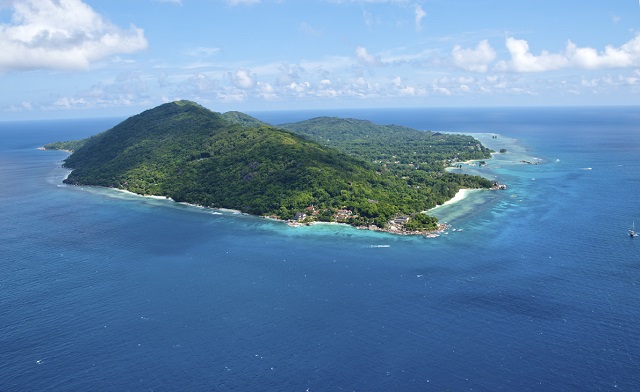A moratorium on the construction of new tourism accommodations on La Digue, Seychelles’ third-most populated island, will come into force August 1, said a top tourism official on Monday.
The halt on construction of tourism establishments is part of recommendations made after a carrying capacity study was carried out for La Digue island from 2019 to 2021.
The Department of Tourism commissioned an independent consultant – Sustainable Travel International – to undertake the study which was completed in February.
A carrying capacity study is done to establish the current tourism development status with regards to a number of key indicators such as the economy, the environment, social welfare, as well as productive infrastructure.
The director for policy, research, monitoring and evaluation in the Department of Tourism, Bernice Senaratne, outlined that the study was about establishing the number of changes that can occur on the island while still remaining sustainable.
“It is recommended that a halt be placed on new establishments until 2023. The 2013 moratorium on construction of new hotels had an impact on the type of accommodations built there and it did not lessen the rapid growth of rooms on the island. As a result, it is recommended that there be no new accommodations developments until the impacts of the pandemic on visitor arrivals are better understood,” said Senaratne.
She continued by saying that it is important for all parties concerned to understand that there is a plan to reopen development but only until certain conditions have been met.
“By 2023 it is expected that there will be more favourable conditions, that is, hotel occupancy rate would have recovered as well as investment in productive infrastructure would have taken place. Other recommendations include having a recovery plan to respond to the effects of the COVID-19 pandemic on tourism, economy and businesses, both on visitors and on residents,” said Senaratne.
Looking at the occupancy rate, it was outlined that 2018 figures showed that large and medium hotels had a higher occupancy rate that for self-catering and guest houses. For large and medium hotels, it was at 65 percent but lower for self-catering at 63 and even lower for guest houses at 59.
In 2019 there were 675 rooms available for tourists on La Digue. Additionally, there are 105 rooms that have either been approved by the local authorities to be constructed, or under construction. This represents an increase of 18 percent in the n number of rooms coming online in the near future.
One of the findings from the study shows that La Digue is highly dependent on tourism, which is the top economic contributor of Seychelles, an archipelago in the western Indian Ocean.
The study also showed that tourism has elevated the quality of life of the residents on La Digue but that it increased pressure on the infrastructures. (Gerard Larose, Seychelles Tourism Board) Photo License: CC-BY
Senaratne added that this makes it vulnerable to external shocks as seen with the COVID-19 pandemic where the majority of businesses and residents alike were affected.
“The 20 years of rapid development of the island has seen only a one-sided focus when it comes to product development. Investment has been mainly in accommodation and there has been little innovation and other activities that promote visitor experience, be it food and beverage, specialised activities or even activities that promote the La Digue culture. As a result, there is the lack of activities and spending opportunities on La Digue,” said Senaratne.
The study also showed that tourism has elevated the quality of life of the residents on La Digue but that it increased pressure on the infrastructures. Risks include deficient utility services, and a proper waste management system, making the situation more pressing on the island.
“These risks reduced the quality of life of the residents because they compete for the same resources that are needed to cater to visitors’ arrival. This is apparent in the number of electricity cuts on the island, as well as the limited fresh water supply sources found there,” said Senaratne.
A number of constraints were also identified for the environment. The landfill, situated in a touristic hotspot at L’Union, is currently operating at capacity. Its close proximity to Anse Source D’Argent means that it poses a threat to the water quality.

